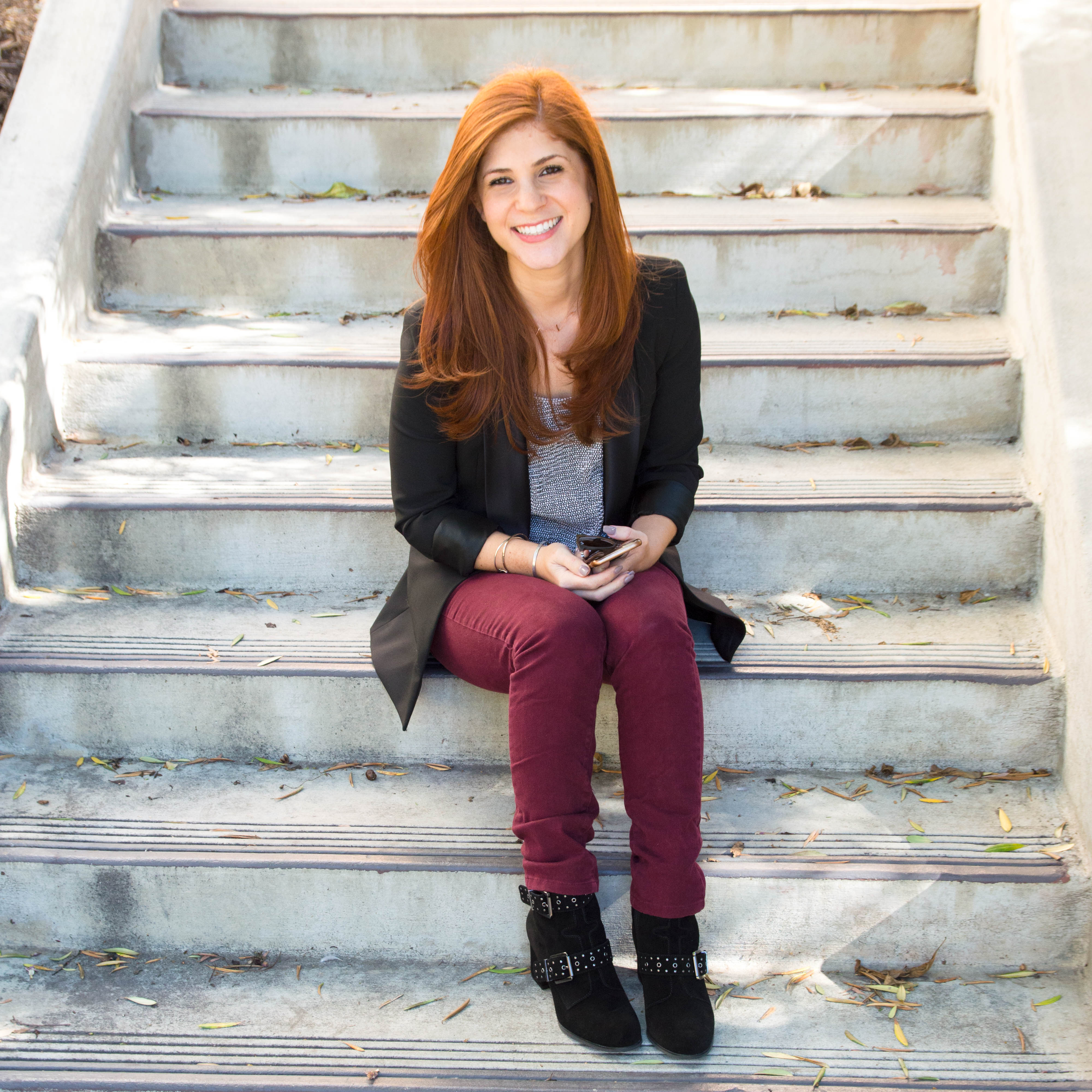
We hear it all the time: “business casual,” but what does a business casual dress code really look like? There isn’t one right answer because dress codes vary based on office environment and social cues, however there are some basic guidelines that will set you in the right direction. Here are five style tips to help you crack the business casual dress code.
Invest in some basics
When it comes to business casual clothing, investing in a few basic pieces will take you a long way. Start with a good blazer, a pair of non-denim pants, a pair of shoes that can be dressed up or down, and a white shirt or blouse. Those key pieces will help you build various business casual looks, and can be mixed and matched with a lot of other pieces of clothing to create multiple outfits from a few key pieces. Based on your specific office, you may want to add in a pair of dark wash jeans to your list of basics as well, but not every office considers blue jeans part of a business casual dress code, so use your best judgement on this.
Pay attention to social cues
Every office environment is different, so pay attention to social cues to figure out what’s acceptable business casual attire based on your specific office. Maybe jeans and a blazer are absolutely okay, but it’s also possible that blue jeans are not acceptable.
Look around and see what people are wearing. If multiple people are in blue jeans, they’re likely okay, but if everyone except for one person is in slacks or colored denim, blue jeans are probably frowned upon. A good indicator is high level or senior management. Take note of what they wear to work and ensure that you’re dressed to a similar level of formality. A good rule of thumb is that you should be able to stand next to your manager and feel as though you are both dressed to the same standard.
When in doubt, err on the conservative side
Recent surveys showed that 32% of senior managers commented that employees display too much skin at the office. If you have to question if something is appropriate for work, it’s probably not.
This goes for both women and men, but your shirt should not be unbuttoned past the first one or two buttons unless you’re wearing a completely open shirt with another t shirt or camisole underneath. Note that this would be a very casual look, but based on what your office considers business casual, it might be okay.
Additionally, for women, make sure any skirts or dresses come just above or below the knee. You shouldn’t have to be worried about a wardrobe malfunction when you sit or bend over. If you are concerned that something may happen when you sit down or bend over, the skirt/dress is probably too short. Most of us spend the majority of the day sitting (unfortunately) so make sure that your outfit is practical based on your job.
Consider your calendar or schedule
This is extremely important. Consider your calendar or schedule to determine what you should wear for the day. If you’re meeting with a client or manager, err on the side of more formal instead of more casual. This doesn’t mean that you have to go completely above and beyond the business casual dress code, but be sure that you look polished and professional. Maybe throw on a blazer or skip the blue jeans.
Additionally, if you’re going to be running around town, moving inventory, or doing anything else physical, make sure that you’re dressed appropriately for it. Wear comfortable shoes and put on an outfit that doesn’t require any adjustments. Think: Colored denim, comfortable shoes, and an easy shirt.
Keep your look consistent
When it comes to work, keep your look consistent. Work is not the place to experiment with crazy outfit ideas or overall looks. Keep your look consistent and appropriate to send a polished, professional, and put together message to your colleagues.
Additionally, if casual Friday is a thing at your office, don’t treat Friday as your opportunity to roll out of bed and come to the office. Even if you can dress more casually one day of the week, it doesn’t ever mean that you should look frumpy or disheveled. You never want to look like a different person because you need to dress more formally or have the opportunity to dress more casually.
